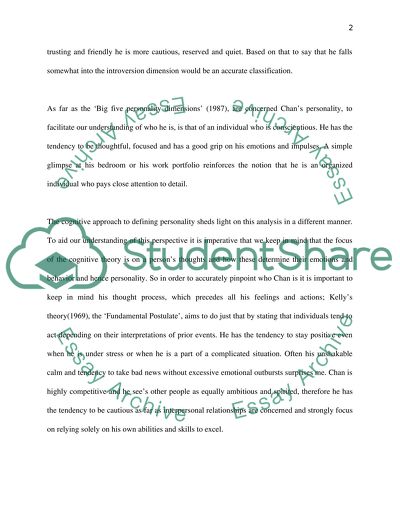Cite this document
(“Self determination theory Essay Example | Topics and Well Written Essays - 1000 words”, n.d.)
Retrieved from https://studentshare.org/psychology/1394806-self-determination-theory
Retrieved from https://studentshare.org/psychology/1394806-self-determination-theory
(Self Determination Theory Essay Example | Topics and Well Written Essays - 1000 Words)
https://studentshare.org/psychology/1394806-self-determination-theory.
https://studentshare.org/psychology/1394806-self-determination-theory.
“Self Determination Theory Essay Example | Topics and Well Written Essays - 1000 Words”, n.d. https://studentshare.org/psychology/1394806-self-determination-theory.


